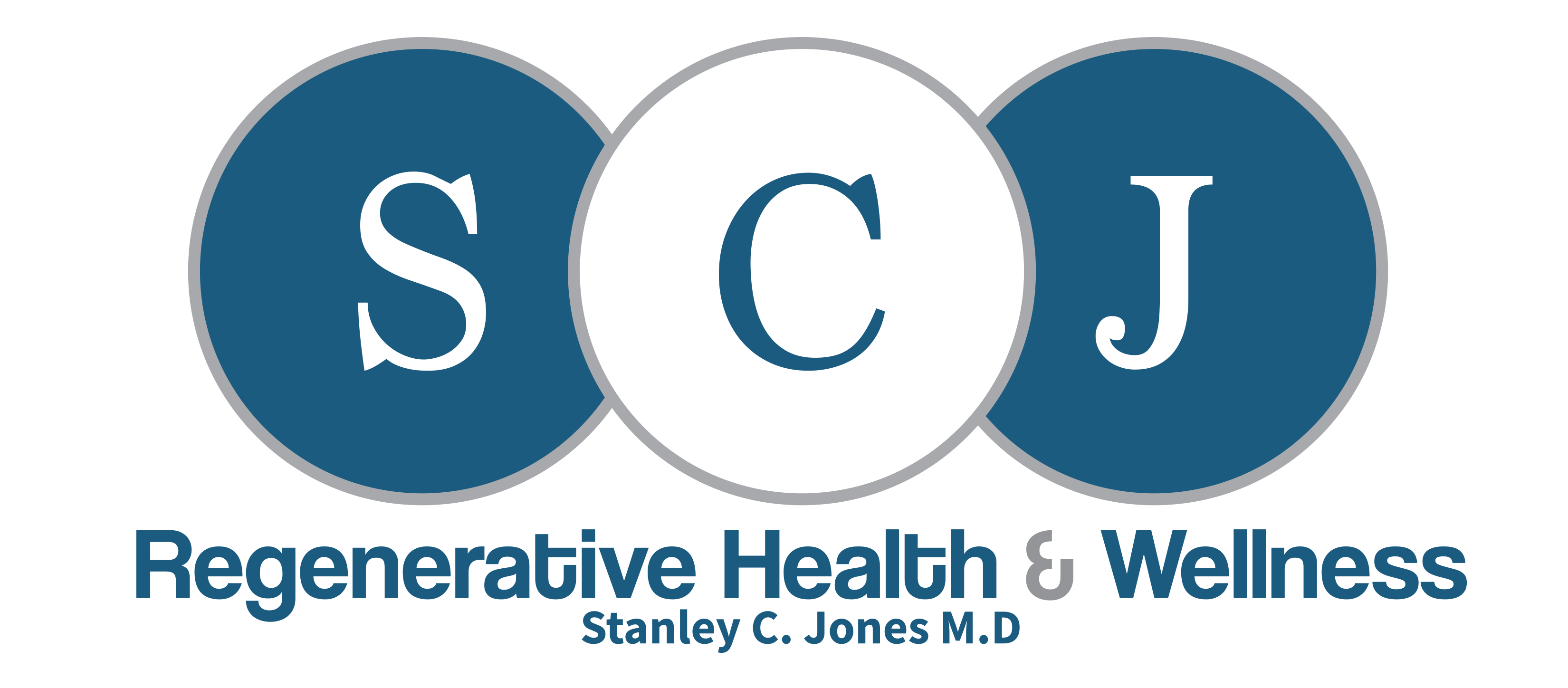
Wheat is one of the most widely-used grains in the United States, found in everything from baked goods to soy sauce. Unfortunately, it is also one of the top allergic triggers in the United States. No data has yet been collected on exactly how many people are affected by a wheat allergy, but we are seeing an increased awareness of this condition in recent years.
What is a wheat allergy?
Wheat allergy symptoms are caused by an abnormal immune reaction to the proteins contained in wheat and are typically similar to symptoms of other allergies. These can include mild symptoms such as a rash, itching, and nasal congestion, or more severe symptoms including wheezing and anaphylaxis. Wheat allergy sufferers may also notice digestive symptoms such as nausea, vomiting, cramps, and diarrhea.
It is important to note that a wheat allergy is not the same as celiac disease or gluten intolerance. People with celiac disease cannot absorb nutrients when gluten is present, and intestinal damage can be done over time if left untreated. A wheat allergy, however, is unrelated to gluten, and most wheat allergy sufferers are able to consume other gluten-containing grains such as rye and barley. About one-fifth of people with a wheat allergy are also allergic to other grains, so it is important to consult your doctor before making dietary substitutions. Children who are diagnosed with a wheat allergy typically outgrow it by the age of 5. However, this allergy can be a lifelong condition.
How do I know if my child has a wheat allergy?
The process for diagnosing a wheat allergy is just like that for diagnosing other allergies. First, your doctor will ask about the kind of symptoms you are observing. Second, he or she can order allergy testing. It is important to note that a patient will occasionally present with symptoms of an allergy, but receive a negative result from allergy testing. In these cases, the patient is considered to have sensitivity but can be treated as having a mild allergy.
How is a wheat allergy treated?
Treatment for wheat allergy is relatively simple and involves making dietary changes. As with any food allergy, it is important to read ingredient labels, as wheat and wheat byproducts can be present in unexpected places. While many products include allergen warnings on their labels, these warnings are voluntary. Therefore, the best way to avoid purchasing products that contain wheat is to carefully read the ingredient list. Avoid the following ingredients:
- Wheat
- Wheat flour
- Wheat gluten
- Wheat bran
- Wheat germ
- Wheat starch
- Flour
- Bulgur
- Malt
- Cereal extract
- Kamut ®
- Durum
- Spelt
- Matzo (matza, matzoh, matzah)
- Semolina
- Farro
Wheat can sometimes be found in artificial and natural flavoring and coloring, as well as MSG and soy sauce. Wheat products can also be found in personal care items, so be sure to check ingredient labels on those as well. It is important to note that buckwheat does not contain wheat, and will likely not cause a reaction in a person with a wheat allergy.
Most foods that are advertised as gluten-free are also wheat-free, so that can be one way to simplify grocery shopping, but it is not necessary to avoid gluten or grains unless other grain allergies are present. People who experience only mild wheat allergy symptoms can choose to consume wheat from time to time and just manage the symptoms with antihistamines.
For most people, a wheat allergy is easily managed. The initial adjustment to a new diet can be difficult, but adhering more to the whole, unprocessed foods rather than pre-packaged items can help. With a little effort, wheat allergy sufferers can be free of symptoms and live a fulfilling, healthy life. Interested in our Wheat Zoomer test? Call now to schedule an appointment!
